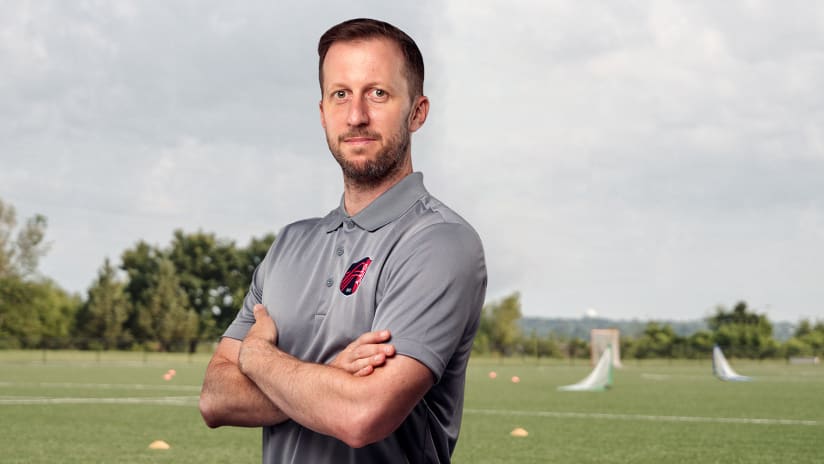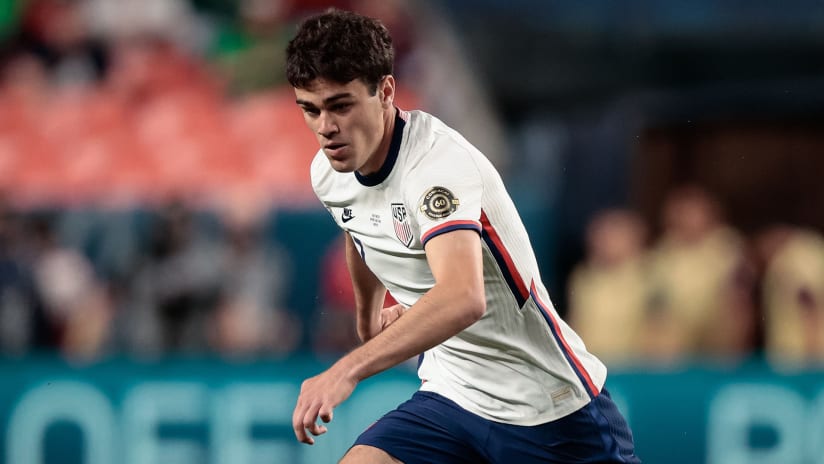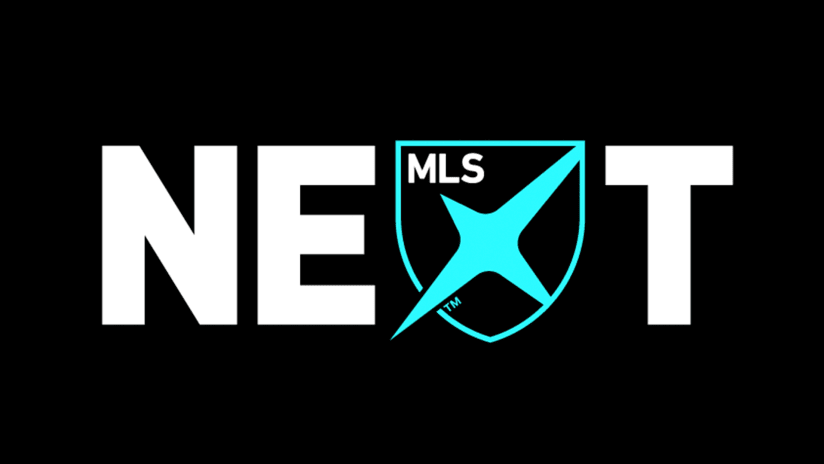As his professional playing career wound down a little over a decade ago, Kelvin Jones knew he wanted to stay in the game for the next chapter of his life.
The Virginia native, a fullback, was a USL regular with Charleston Battery and the Richmond Kickers after his NCAA years at Wake Forest. He’d won a couple of second-division titles, contributed to a 2004 U.S. Open Cup semifinal run and had a cup of coffee with D.C. United. Yet he soon discovered there wasn’t necessarily a straightforward path for a sustainable transition into his new phase.
From the day-to-day hustle of youth soccer – which aspiring coaches must often juggle with a 9-to-5 gig in the early stages – to the costly and laborious processes of licensing and continuing education, it proved a hopscotch journey that “took many avenues,” in his words. As an African-American in an industry generally dominated by white men and overseas imports, he considers himself a lucky one.
“I was fortunate enough to be given the opportunity to get into the game at a fairly young age when it comes to coaching,” Columbus Crew SC’s new academy director explained in a recent phone conversation with MLSsoccer.com. “That access afforded me the ability to continue to educate myself and to move up along the way. But to be honest with you, that access came from relationships that I developed along the way within the game.
“A lot of coaches of color just don't have the access or know the people to get their foot in the door. I know lots of coaches of color that are fully capable of coaching at a higher level, but they just haven't been given the access for some reason.”
Extratime interviews Kelvin Jones
Jones made his own lane, working his network to bid for youth coaching gigs and founding a lower-division indoor team in his hometown, the Fredericksburg Generals, where he also served as player, coach, general manager and co-owner. He helped build a small club called Virginia Legacy into a regional contender and in 2017 was recruited to Ohio by Crew SC’s academy, initially at the Under-12 level.
Now he’s at the helm, promoted to the top spot last month after Dennis Sanchez’s departure for Sacramento Republic, one of only a few people of color in such posts across North American soccer.
The cold, hard data shows Black players make up about a quarter of MLS’s playing ranks, but hold less than 2% of executive positions. Only two of the league’s 26 head coaches are Black. The numbers are similarly bleak, if not more so, in the college game, women’s soccer and national team staffs. And while the picture is slightly better for Latinos, the reality remains that players of color across the United States and Canada rarely see themselves proportionally reflected among their sport’s leadership.
That includes the league’s burgeoning academy system. Given how influential those coaches and directors can be on future generations, it’s a major area of focus for the Black Players for Change coalition that launched at the MLS is Back Tournament over the summer.
“We are talking about changing Black representation at all levels,” BPC cofounder and executive director Justin Morrow of Toronto FCtold Sports Illustrated in August. He and D.C. United goalkeeper Earl Edwards Jr. alluded to initiatives in the works to provide mentorship and role models to rising players and help Black coaches climb the ladder – including and especially in MLS NEXT, the league’s new youth competition.
Jones has experienced firsthand the “huge obstacles” that can not only hinder career advancement, but also prevent many from entering the craft in the first place.
Fierce competition and a reflexive tendency to prefer imports. Lack of access to the informal networks where connections are made. And the direct (fees) and indirect (travel, lodging, time off from other jobs) costs of advanced accreditation like the U.S. Soccer A or B licenses, which can easily reach five figures. Despite that high bar, they’ve become a de facto requirement to coaching at the top echelons of competitive youth soccer. Some clubs help underwrite these costs for their coaches, others cannot.
Jones got that support early in his career, and he wants to “pay it forward” by helping other coaches across the Columbus area. He’s acutely aware of the opportunities his new position offers in that regard – and its necessity for Crew SC’s academy to tap into the full spectrum of talent.
“Just showing them that this can be you at some point,” he said. “The next steps from there are getting in front of these kids and helping them understand what that pathway to get here looks like. That has always been my mission in the game.
“There’s just very few American coaches, period, given the access to coach at the highest levels. So to be in a position of leadership to affect change at the lower levels is exciting.”
This dovetails with his mandate to keep accelerating a Crew youth project cranked into gear by former sporting director and first-team coach Gregg Berhalter, long before he departed for the US men’s national team. Columbus have quietly added a residential and national recruiting element to their academy and signed three Homegrown Players (including midfielder Aidan Morris, a residency import from Florida) since the start of last season, with stated ambitions to bring more through.
There’s rich potential, plus work to be done. Fueled by economic growth and the draw of Ohio State University, Columbus and its surrounding areas are growing – and diversifying – rapidly, with a burgeoning international population and a rich mix of immigrant and refugee communities. Jones and his colleagues want to build bridges and make Crew SC’s academy a touchstone for their region’s soccer scene, not only for youth players but their coaches and families as well.
“The ability to create resources and time to go to these communities, I think is very, very important,” he said. “Because these communities are one, underserved, and two, are dying for attention for the kids in these communities that play the game.
“We understand we need to grow the game here in Columbus,” Jones added. “And how do you do that? You’ve got to do it at the smallest level, infect the kids at the local levels and hopefully that grows over time.”
And that gets back to the question of access. It’s not just about representation or money or transportation or outreach or scouting or cultural fluency – it’s all that and more.
“The easiest thing to do for most clubs is to have this tryout, and those kids that have the ability to physically drive to try out are the kids that you're going to see,” noted Jones. “And it's difficult, given the resources for most clubs to send people out to youth organizations or smaller clubs or inner cities to scout kids or to cultivate relationships. So we in Columbus are starting to make it a point that we reach out to these communities. Because there's a true love for the game within these communities that just isn't being discussed.”
This week the Crew announced a new pre-academy program, weekly free-to-play supplemental training sessions for promising boys in the Under-9/10 and U-11/12 age groups. Jones points to fruitful outreach that recently bolstered their U-14 side with new reinforcements and speaks of additional resources provided by the club’s ownership group, which is also funding Columbus’ downtown stadium that’s set to debut next year.
The path to this point is part of the story, too.
“Our lack of resources over the years has helped us understand who we are and what we want to do,” said Jones. “Now it’s the evolution of that – of planning, once we have these resources, how do we grow our culture? How do we grow our environment? And how can we truly compete at the top level? Our aspirations are to be one of the top destinations for academy soccer in this country and produce professionals.”














